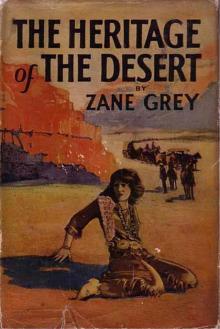 The Heritage of the Desert: A Novel
The Heritage of the Desert: A Novel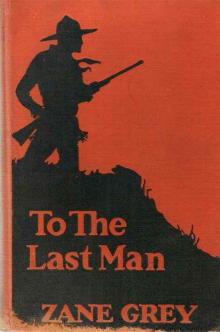 To the Last Man
To the Last Man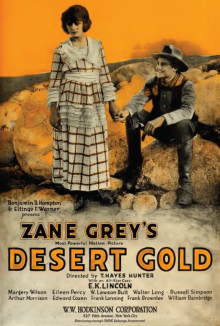 Desert Gold
Desert Gold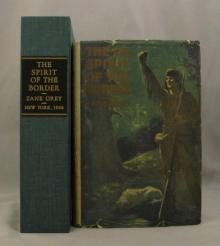 The Spirit of the Border: A Romance of the Early Settlers in the Ohio Valley
The Spirit of the Border: A Romance of the Early Settlers in the Ohio Valley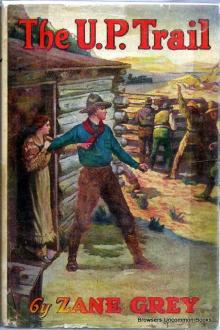 The U. P. Trail
The U. P. Trail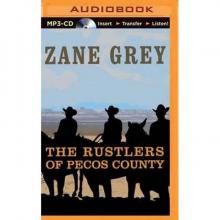 The Rustlers of Pecos County
The Rustlers of Pecos County The Border Legion
The Border Legion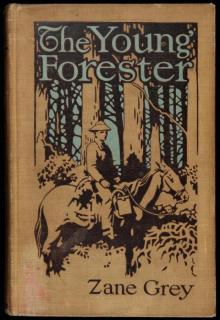 The Young Forester
The Young Forester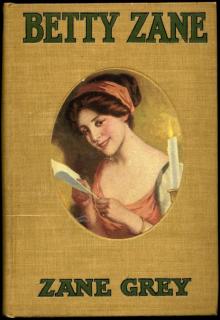 Betty Zane
Betty Zane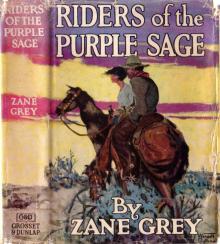 Riders of the Purple Sage
Riders of the Purple Sage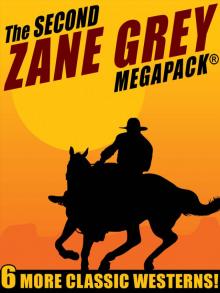 The Second Zane Grey MEGAPACK®
The Second Zane Grey MEGAPACK® The Rainbow Trail
The Rainbow Trail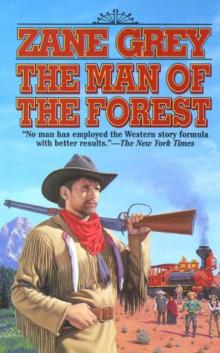 The Man of the Forest
The Man of the Forest The Mysterious Rider
The Mysterious Rider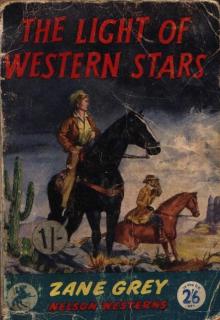 The Light of the Western Stars
The Light of the Western Stars The Last of the Plainsmen
The Last of the Plainsmen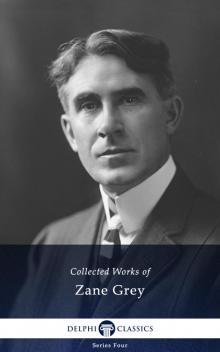 Collected Works of Zane Grey
Collected Works of Zane Grey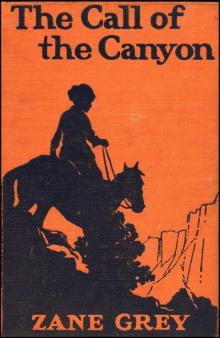 The Call of the Canyon
The Call of the Canyon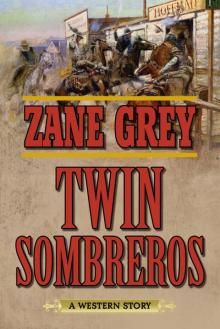 Twin Sombreros
Twin Sombreros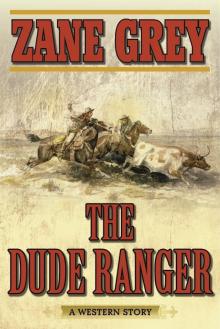 The Dude Ranger
The Dude Ranger The Water Hole
The Water Hole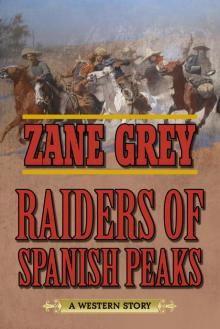 Raiders of Spanish Peaks
Raiders of Spanish Peaks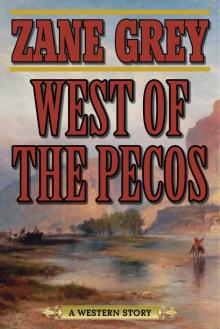 West of the Pecos
West of the Pecos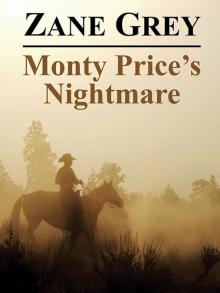 Monty Price's Nightmare
Monty Price's Nightmare Stairs of Sand
Stairs of Sand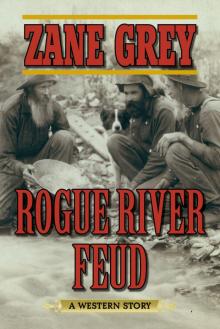 Rogue River Feud
Rogue River Feud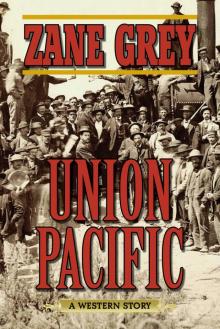 Union Pacific
Union Pacific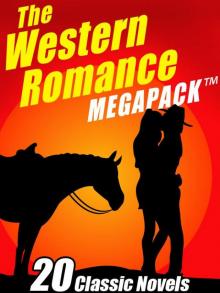 The Western Romance MEGAPACK ®: 20 Classic Tales
The Western Romance MEGAPACK ®: 20 Classic Tales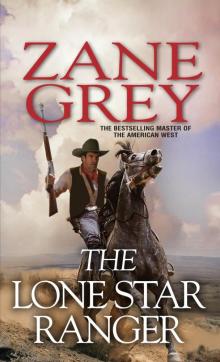 The Lone Star Ranger
The Lone Star Ranger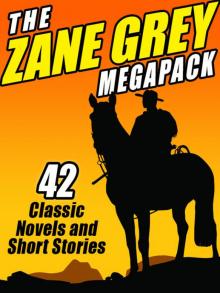 The Zane Grey Megapack
The Zane Grey Megapack Shadow on the Trail
Shadow on the Trail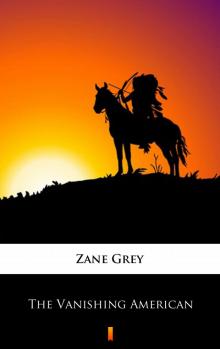 The Vanishing American
The Vanishing American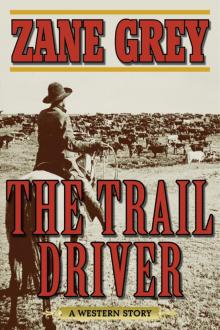 The Trail Driver
The Trail Driver War Comes to the Big Bend
War Comes to the Big Bend The Westerners
The Westerners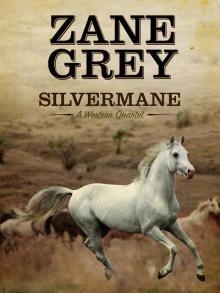 Silvermane
Silvermane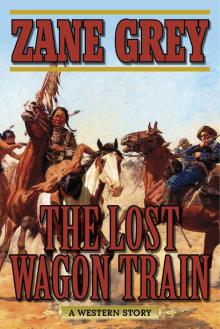 The Lost Wagon Train
The Lost Wagon Train Desert Gold and the Light of Western Stars
Desert Gold and the Light of Western Stars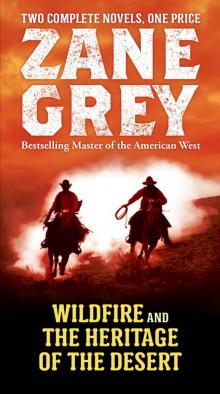 Wildfire and the Heritage of the Desert
Wildfire and the Heritage of the Desert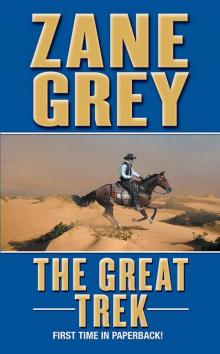 The Great Trek
The Great Trek Cabin Gulch
Cabin Gulch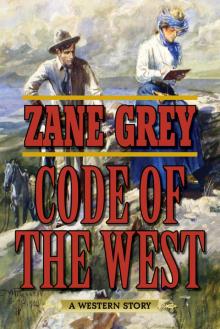 Code of the West
Code of the West Sunset Pass
Sunset Pass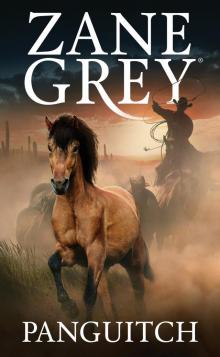 Panguitch
Panguitch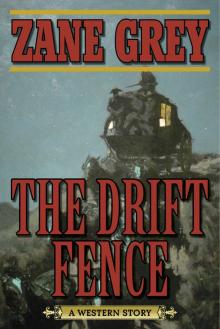 The Drift Fence
The Drift Fence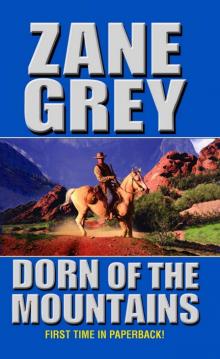 Dorn Of The Mountains
Dorn Of The Mountains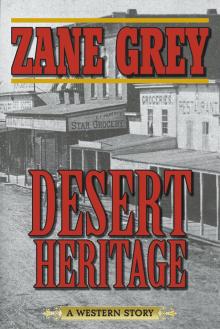 Desert Heritage
Desert Heritage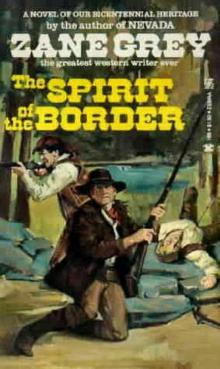 The Spirit Of The Border
The Spirit Of The Border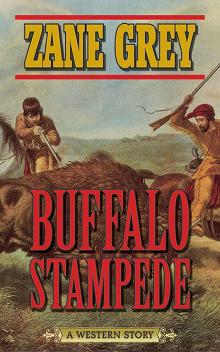 Buffalo Stampede
Buffalo Stampede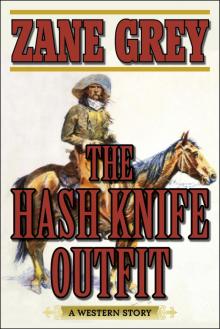 The Hash Knife Outfit
The Hash Knife Outfit The Lone Star Ranger and the Mysterious Rider
The Lone Star Ranger and the Mysterious Rider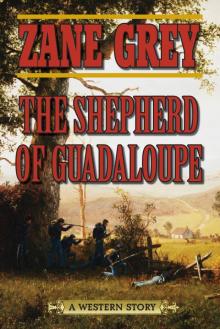 The Shepherd of Guadaloupe
The Shepherd of Guadaloupe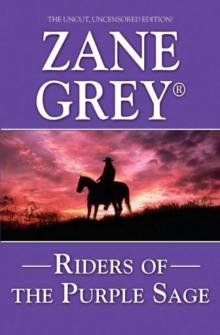 Riders of the Purple Sage (Leisure Historical Fiction)
Riders of the Purple Sage (Leisure Historical Fiction)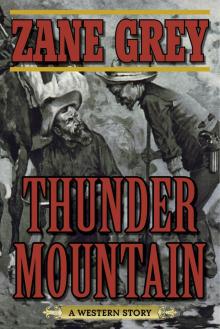 Thunder Mountain
Thunder Mountain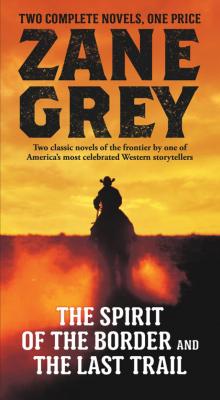 The Spirit of the Border and the Last Trail
The Spirit of the Border and the Last Trail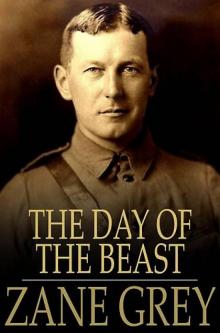 The Day of the Beast
The Day of the Beast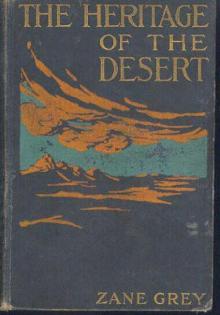 The Heritage of the Desert
The Heritage of the Desert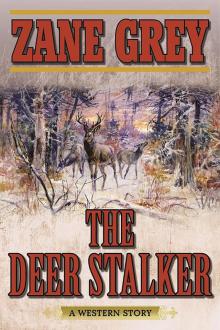 The Deer Stalker
The Deer Stalker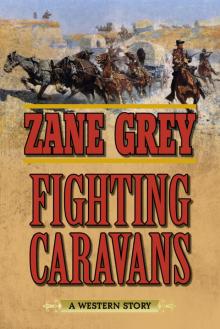 Fighting Caravans
Fighting Caravans